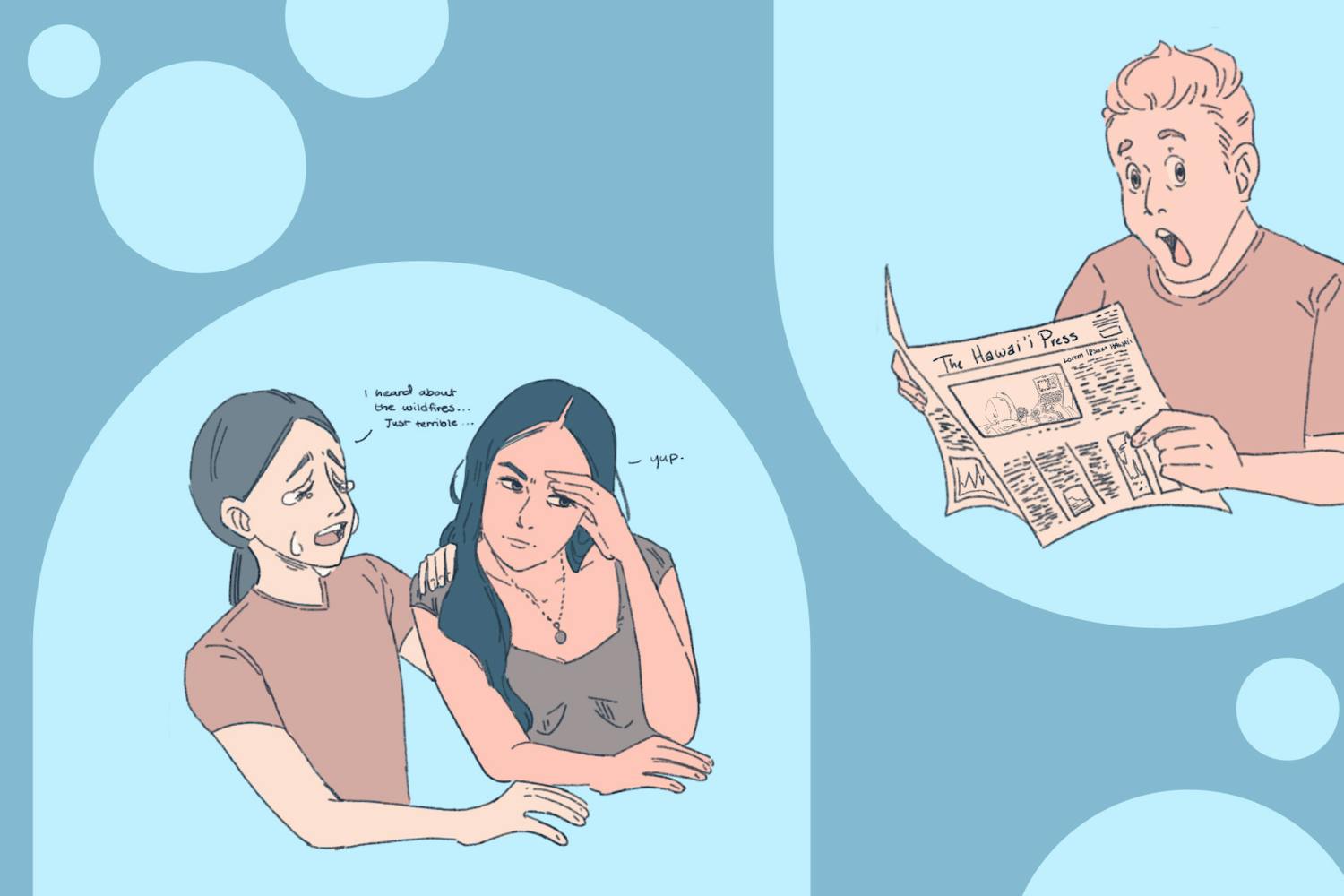You know that middle-aged, nondescript person you saw reading one of “The Girl With the Dragon Tattoo” books on a plane last month?
They were reading about anal rape, sadomasochism and butt plugs.
“The Girl With the Dragon Tattoo,” the first book in a trilogy by Swedish author Stieg Larsson, is the epitome of crime novels. Salacious and disturbing, the series is a prime example of why crime fiction novels are bestsellers. While they usually don’t have much literary merit, they pack in extremely disconcerting details that leave the reader inexplicably wanting more.
A casual depiction of anal rape with a dildo? Where is this author going next?
The books, full of one-liners that dubiously merit critical praise from venues such as the New York Times, are now being made into American movies. The lead role of Mikael Blomkvist will be played by American star Daniel Craig, the current lead of the James Bond movies.
Like Bond, Blomkvist is a womanizer, an issue some feminists have with the series. Part of their appeal to millions of buyers comes from the controversial issues the books touch on. Their original Swedish title, “Män Som Hatar Kvinnor” (Men Who Hate Women) hints toward what some feminists take issue with. They argue the books are women-hating, put a negative spin on the female role and stereotype them as men-loving, perpetual victims of violence.
But the books do have strong, leading female characters beyond the norm of mainstream American media. The main women in the book are Lisbeth Salander and Erika Berger, the former a bisexual computer hacker and the latter an editor of one of the largest (fictional) newspapers in Sweden. The characters do a large part in downplaying any possible anti-feminist overtones, but the portrayal of overly-vulnerable women is hard to overlook.
All three books are about the exploits of Mikael Blomkvist, a celebrity journalist. In the first book, he is in remote Sweden researching a missing child case that becomes a tale of incest and violence against numerous women. The second and third series become more focused on Salander and the abuses performed on her, though she is far from a hapless victim.
The scandalous details of sex tapes and rape are coupled with smart discussions of journalism ethics and psychology, adding to the dichotomy in opinions of the books.
The uncertain tone of the books is exemplified by the change in title from the original language, giving the official theme of the books no clarification. Are these books mainly about strong women or about the men who abuse them?
The American titles advocate the books as having a prominent female character, with each book headlined as having a “girl with/who…” does something in the book. This is a contrast from the original title that characterizes women as having something done to them, in particular, being hated by men.
In my opinion, the powerful, knowledgeable female leads are shown as more than just subjects of hatred. Saying violence is the only theme of the books is overlooking some of their better, pro-feminist attributes.
I liked the series and was certainly engrossed in its controversial plotlines, but I still felt a tinge of guilt as I did.
Contact the reporter at smwester@asu.edu.





